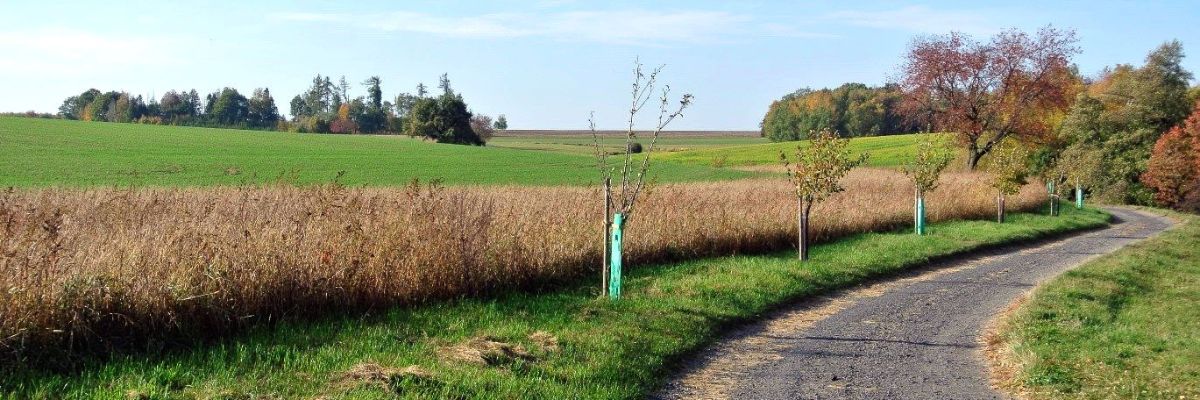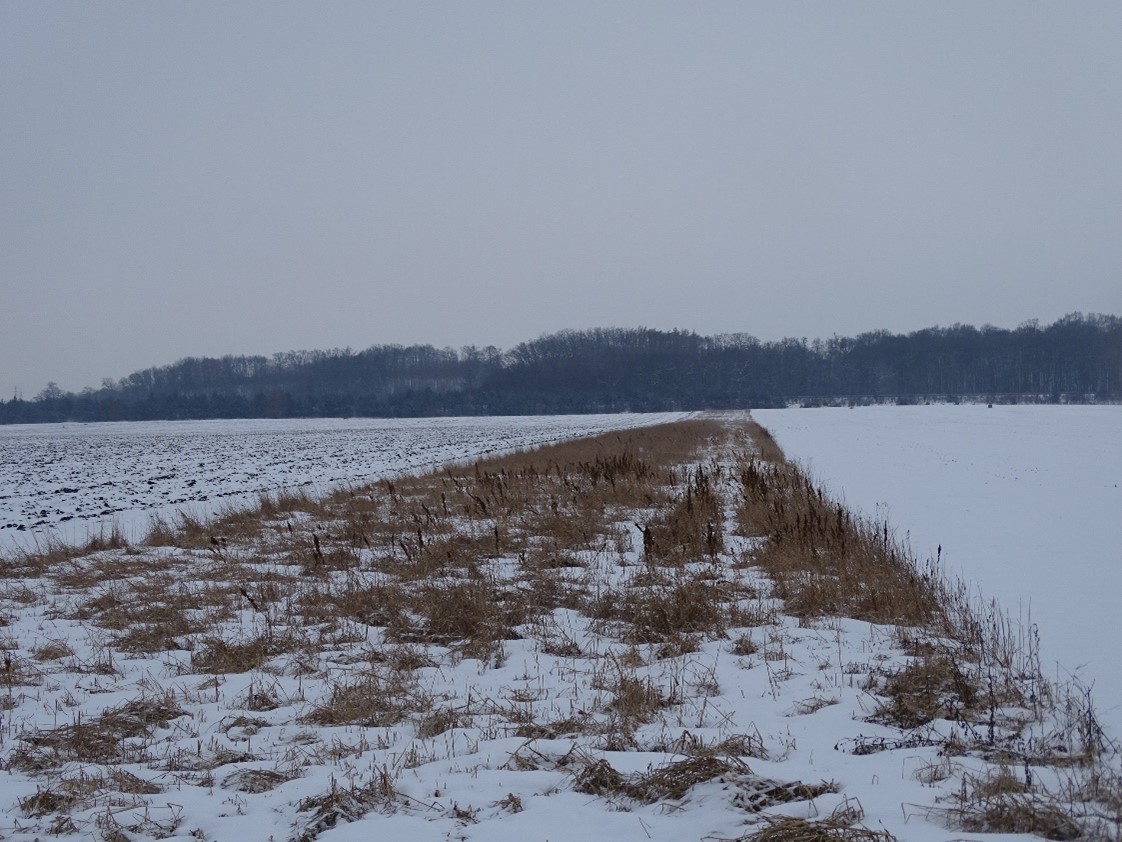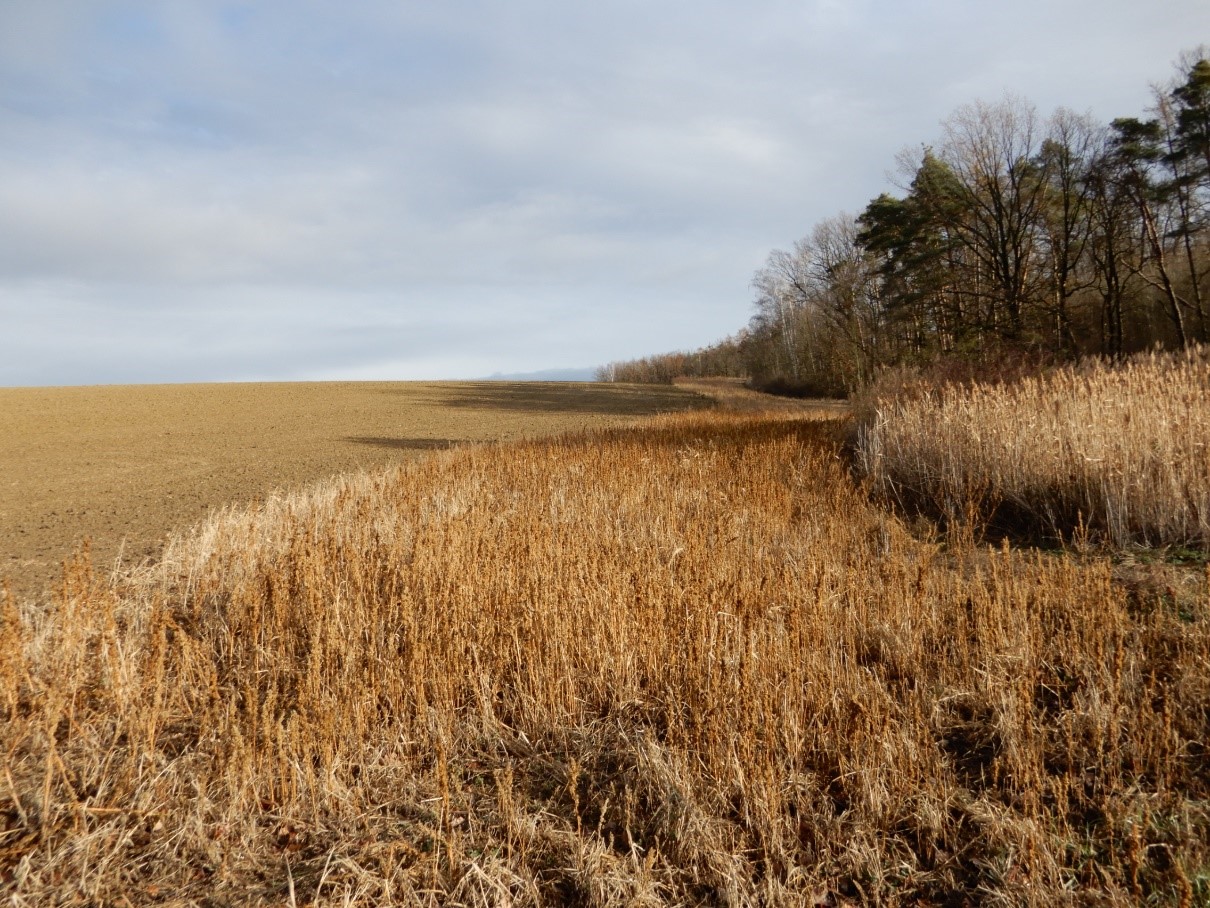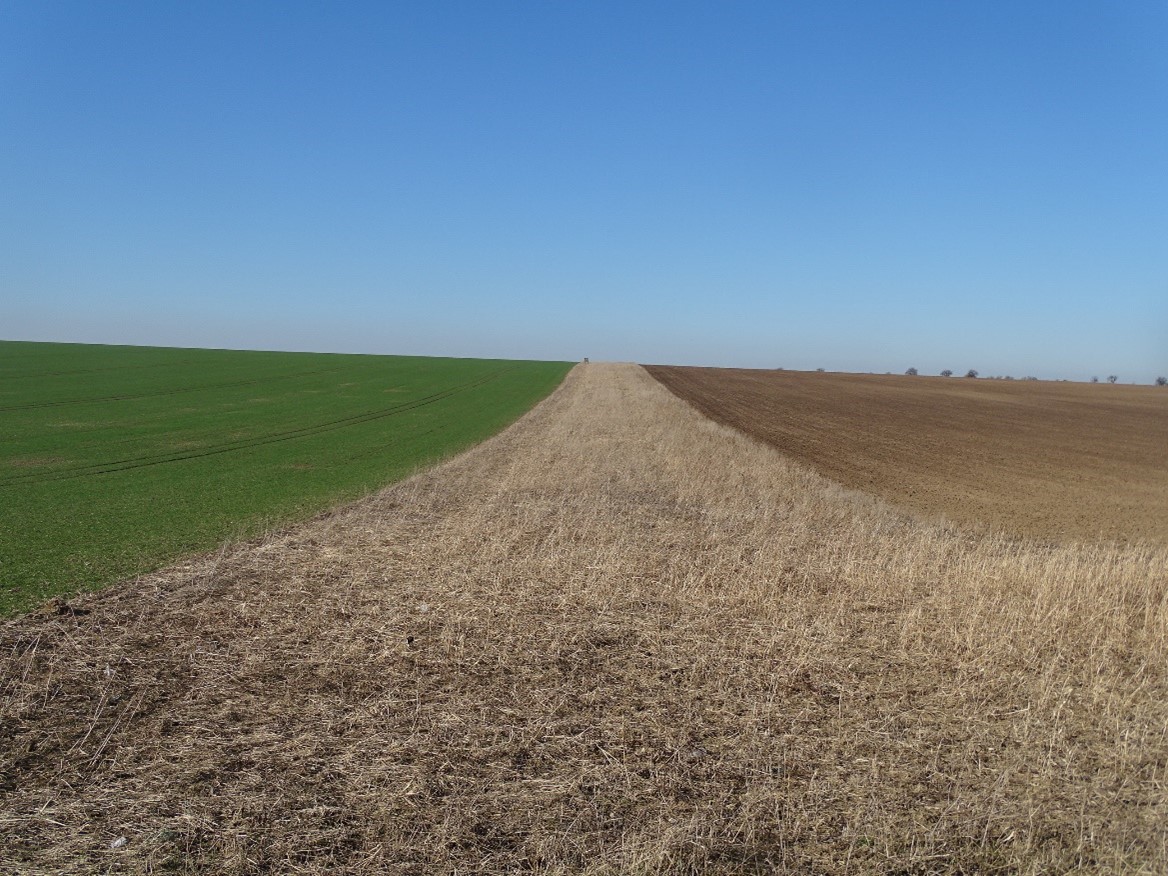
Seed-rich strips help birds and mammals to survive the winter
18. 03. 2022
The use of seed-rich strips in agricultural landscapes may significantly help birds and small mammals. A study by experts from the Czech Academy of Sciences and the Czech Society for Ornithology proves it. It is one of the few that assesses the real benefits of measures experts are using to increase the biodiversity of agricultural land. This is because farmland biodiversity has been declining sharply in recent decades.
Small birds and mammals, hares, and roe-deers. Formerly common species are disappearing from the agricultural landscape at an alarming rate. Man is mainly to blame - and man is trying to fix it.
Various conservation measures have been proposed nationally and at the European Union level, and although they have been in use for some time, many of them have not been adequately evaluated. Thus, it is not possible to determine their real contribution to biodiversity.
However, one conservation measure on arable land - namely the seed-rich strips (SRS) - can already be backed up by concrete data.
Proven: higher bird and mammal diversity in seed-rich strips
Over three years, a group of scientists from the Czech Republic and Poland mapped 76 seed-rich strips and 76 control areas across different types of agricultural landscapes in the Czech Republic.
"In our study, we examine the conservation potential of seed-rich strips for several taxa- and species-typical for agricultural landscapes, such as birds, European hares, roe-deer, and small mammals during winter, which is the critical period for the survival of many farmland species due to lack of food resources," says Martin Šálek from the Institute of Vertebrate Biology of the CAS, highlighting the period on which the scientists focused.

The results, published in Agriculture Ecosystems & Environment, clearly show that the species richness and abundance of farmland birds (including declining species), European hares and small mammals were significantly higher in the SRS than in the surrounding agricultural landscape. The only exception was roe deer, which did not reflect the effect of SRS.
Seed-rich strips are sown with mixtures that provide seeds and cover with the main objective to improve overwintering conditions for farmland birds and mammals. They are located on the edges or inside the arable fields and are kept without any agricultural management (e. g., herbicide use) from mid-June until the end of March.
It also turned out that it depends on the landscape context, i.e., the location of the seed-rich strip within the landscape.
"Our research shows that although the SRS around farmland hedges had the highest abundance of farmland birds, the largest differences in abundance and richness of farmland birds and declining farmland species between the SRS and controls in the fields as compared to sites near the forest and hedges.," says Martin Šálek. Therefore, the location of seed-rich strips within farmland may be an effective tool to support targeted declining farmland species more effectively.

The cost-effective measure of any size
The data also show that the size of the seed-rich strips matters. They are usually between 6 and 24 metres wide and 30 metres long.
"Larger patches of seed-rich strips have a generally higher abundance of farmland species, but even the smaller patches of SRS can be very important for some species. Including European hares and some farmland bird species for example," points out Martin Šálek.
The scientists also described that the abundance and diversity of birds in SRS decreased significantly in late winter. Food resources in the form of seed and grain, as well as vegetation cover, are largely depleted in late winter and stop fulfilling their positive function.

"In the future, it is important to focus on appropriate seed selection for sowing in these seed-rich strips to increase seed supply during the second half of winter. We also recommend establishing seed-rich strips in lowland arable-dominated areas where there are mostly large crop fields and absence of crucial high-quality semi-natural habitats, and landscape features, such as farmland hedges, woodlots, alleys, grassy stripy and other field margins," concludes Martin Šálek.
Multifunctional bio-strips for the benefit of farmers
SRS, however, also other types of field margins, do not only support biodiversity. They help, for example, to reduce soil erosion, increase the organic contents and water retention in the soil."They are also important habitats for insects, for example. And we know many insect species bring crucial ecosystem services, such as pollination or natural predator control. This means that by supporting seed-rich strips, we can increase the fertility of our main crops," says Martin Šálek.
Seed-rich strips and other field margins are relatively easy to establish or remove by ploughing, but farmers still rarely introduce them. They are only used on 0.09% of field blocks in the Czech Republic. Previous research suggests that at least one per cent would be needed to reverse the decline of some farmland bird species.
Therefore, scientists are appealing to the policy-makers to take more care in the application of seed-rich strips and other field margins and increase the farmers' motivation to introduce them.
Text: Eliška Zvolánková, Division of External Relations, CAS Centre of Administration and Operations
Photos: M. Bažant, M. Šálek, V. Záměčník
Read also
- Public Hearing: “Making Sense of Open Science”
- SUNER-C concludes after three years dedicated to the renewable energy future
- A trapped state: The pandemic impact on public attitudes, trust, and behavior
- Aerial archaeology: Tracing the footsteps of our ancestors from the sky
- Archaeologists uncover ancient finds along Prague Ring Road
- Our microbiome largely depends on what we eat, says microbiologist Michal Kraus
- The ABCs of writing: Why did its invention mark a turning point for humankind?
- We learn, remember, forget… What can memory actually do? And can we outsmart it?
- New Center for Electron Microscopy in Brno opens its doors to global science
- The hidden lives of waste: What can we learn from waste workers and pickers?
The Czech Academy of Sciences (the CAS)
The mission of the CAS
The primary mission of the CAS is to conduct research in a broad spectrum of natural, technical and social sciences as well as humanities. This research aims to advance progress of scientific knowledge at the international level, considering, however, the specific needs of the Czech society and the national culture.
President of the CAS
Prof. Eva Zažímalová has started her second term of office in May 2021. She is a respected scientist, and a Professor of Plant Anatomy and Physiology.
She is also a part of GCSA of the EU.